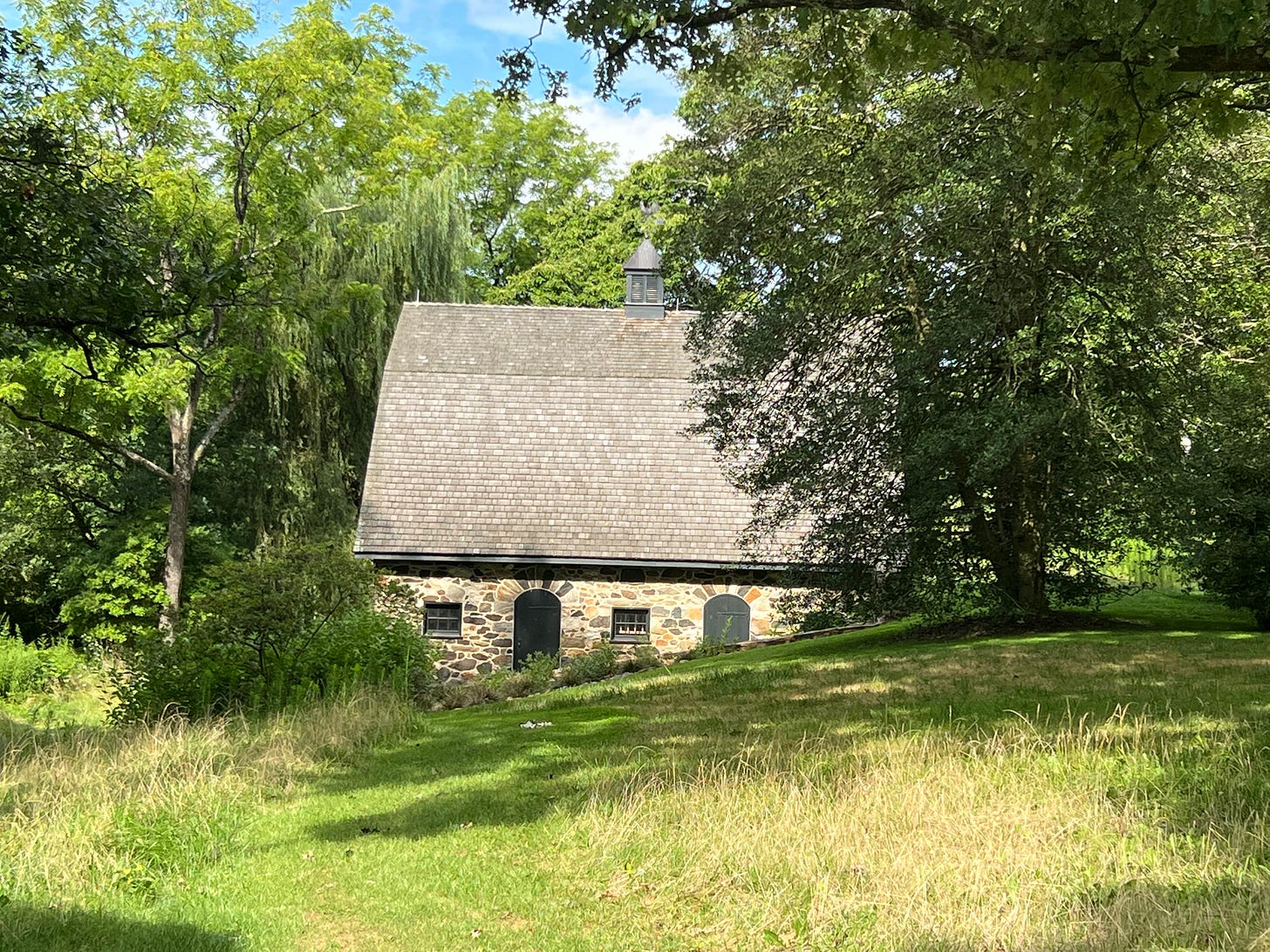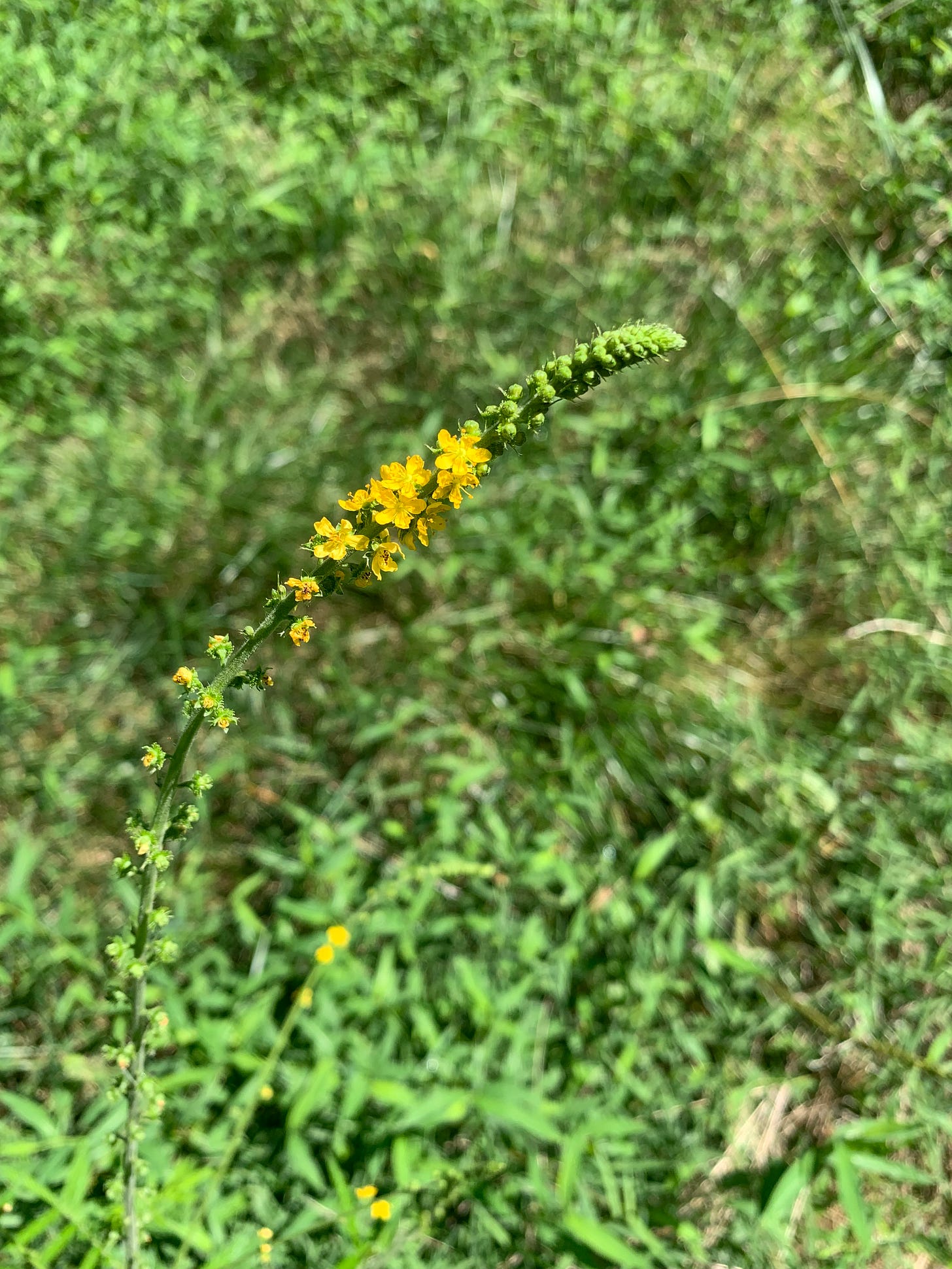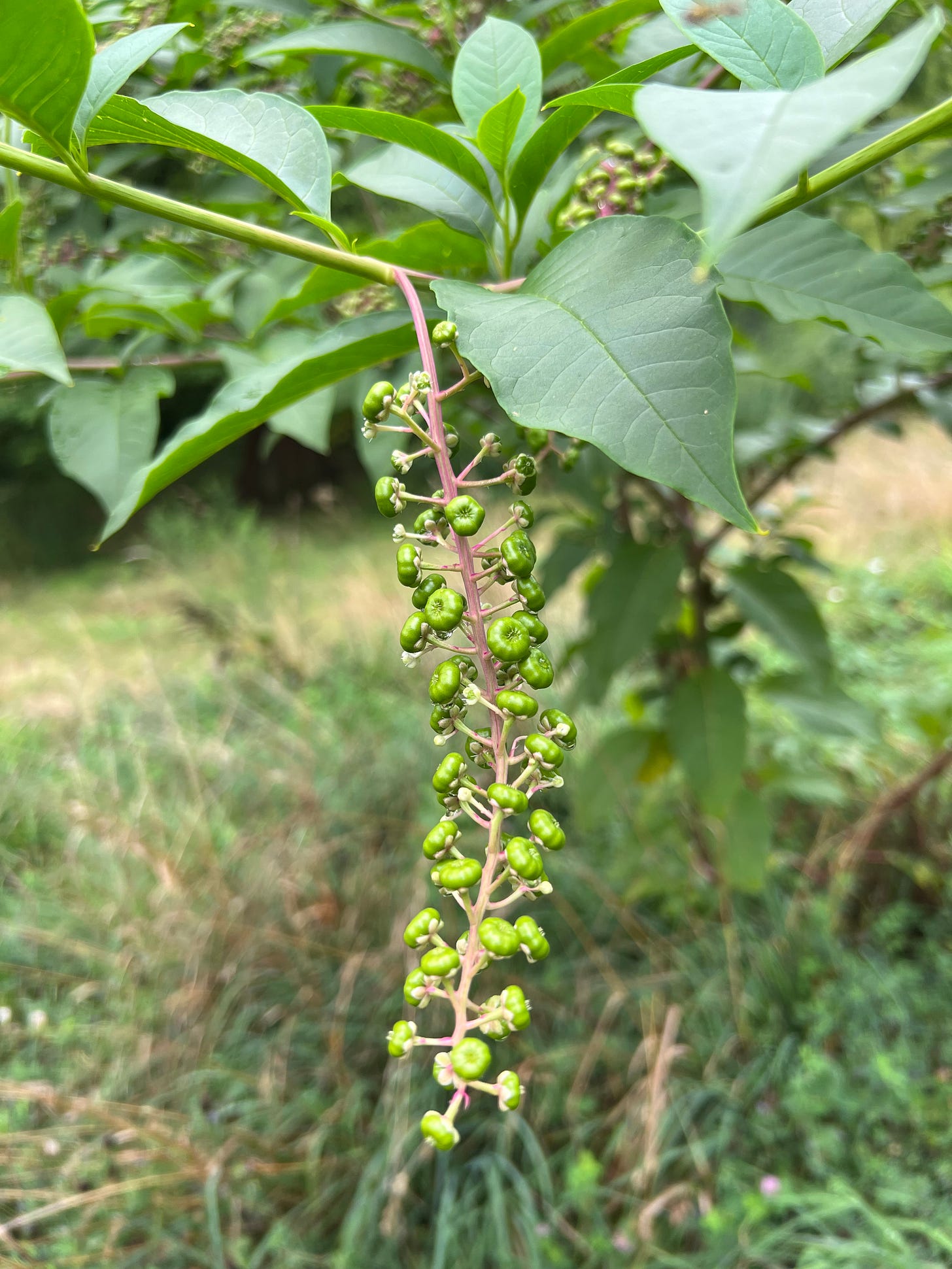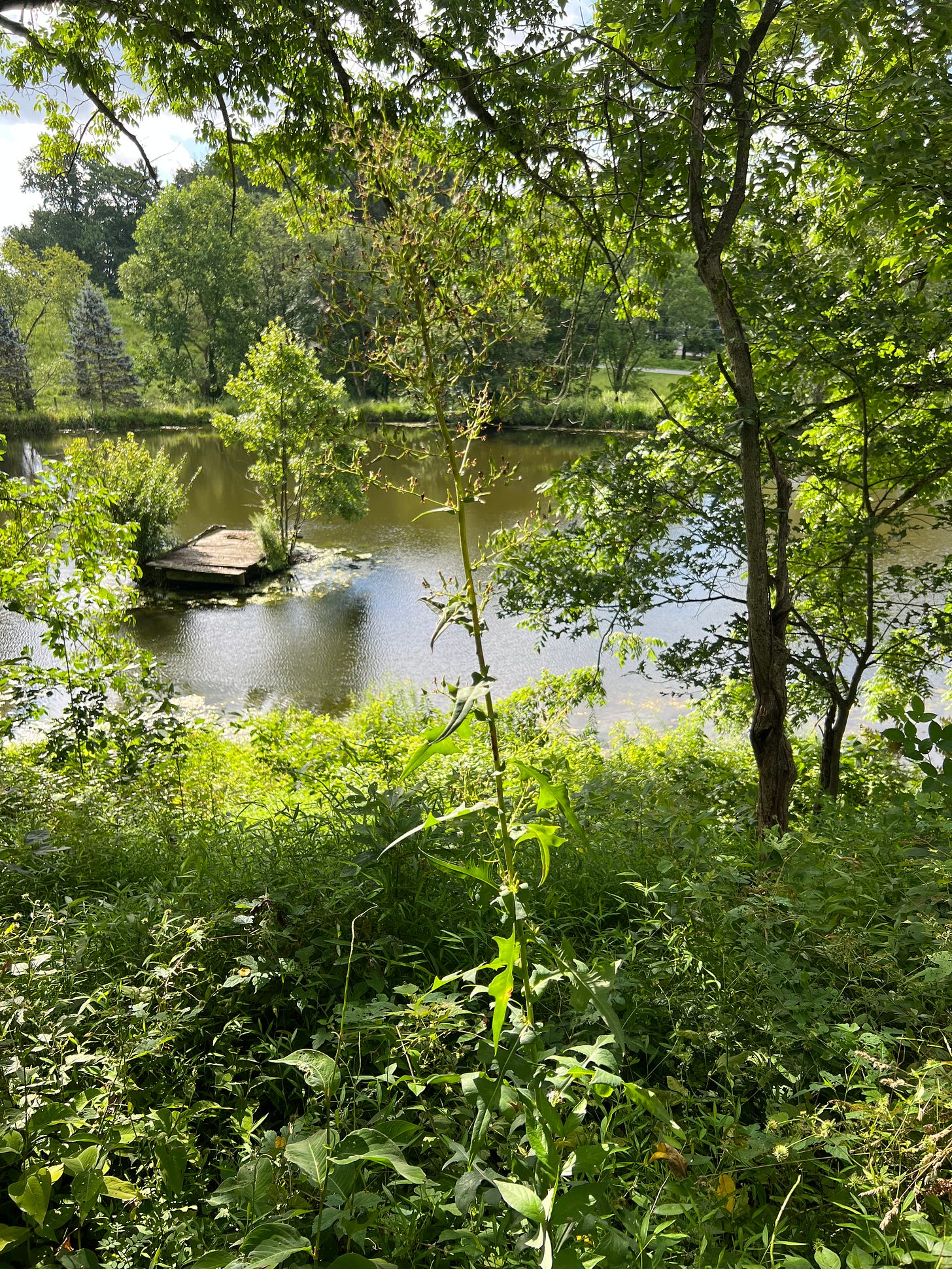Enlightened Darkness
Puddock Hill Journal #19: Here’s why backyard stewards should limit landscape lighting.
I wish I could share a picture of the darkness we cultivate at Puddock Hill.
A recent patio renovation included installing low-voltage path lighting, but, while we do have a few lights on the house on automatic timers, we chose not to extend this practice into the back patio.
During evenings when we entertain and do have the patio lit, I sometimes look out into the darkness, knowing there is a beautiful barn 50 yards away, built by Quaker farmers in 1816, that no one can see at night. Here’s what it looks like from the patio during the day:
Wouldn’t you be tempted to light that beautiful stonework from below? We are too, but we won’t.
For nature, darkness at night is nearly as important as sunlight during the day. And in populated areas such as ours, nature suffers from unnatural light at night.
While the decline of once ubiquitous lightning bugs requires further study, scientists believe one cause is light pollution that interferes with their communication and mating.
Similarly, a recent study of trees and shrubs at 3,000 sites in American cities found that artificial lighting affects the timing of when buds break, which could make plants more vulnerable to damage from late-spring frosts and “create a mismatch with the timing of other organisms, such as pollinators, that some urban plants rely on.”
Of course, climate change is also a factor in pollinator mismatch, which in turn can affect species further up the food chain. My sister and brother-in-law reported that spring broke early in the Atlanta area this year with a warm spell that caused many plants such as azaleas to bloom prematurely. Then a cold snap came in and wilted most of the flowers. Those plants will likely survive to flower again, but what of the arthropods that depended on them and may not have found enough nutrition to successfully breed future generations?
Light pollution may not produce the same dramatic effects as warming, but it is something we have direct control over in our backyards.
At Puddock Hill, we resist light pollution two ways. First, we try to limit night-time lighting to the immediate vicinity of the house, which we need for security reasons. We only turn on our flood lights when we’re entertaining or briefly each night when we put the dog out.
Second, by wilding our edges through reforestation, we attempt to block out light pollution from less, um, enlightened neighbors. As newly planted trees mature, we hope to have more darkness at least in corners of the property away from the house.
We are about a mile from Longwood Gardens, which frequently includes fireworks in their fountain shows. I hate to sound like a curmudgeon, but I consider fireworks a from of desecration.
We are seizing everything from nature without regard to consequences. Can’t we at least leave darkness for the wild things?
This Bird’s foot trefoil (Lotus corniculatus) is not native but pretty. I believe it arrived in a so-called wildflower mix we planted in a strip by the back of the property a few years ago. (I’ll have more to say about wildflower mixes in a later post.)
Swamp agrimony (Agrimonia parviflora) is a native with delicate flowers that grows in profusion at the edges of the barn meadow and around the big pond:
Non-native Moth mullein (Verbascum blatteria) grows on the big pond dam. It is invasive in the Northwest but seems to behave itself here.
Fruit forms on American pokeweed (Phytolacca americana), growing at the edge of the natural area near the house:
Flowers of native Great blue lobelia (Lobelia siphilitica) bloom near the big pond:
This native Giant ragweed (Ambrosia trifida) has grown to eight feet near the barn meadow:
Canada lettuce (Lactuca canadensis), center, goes to seed on the big pond slope:










